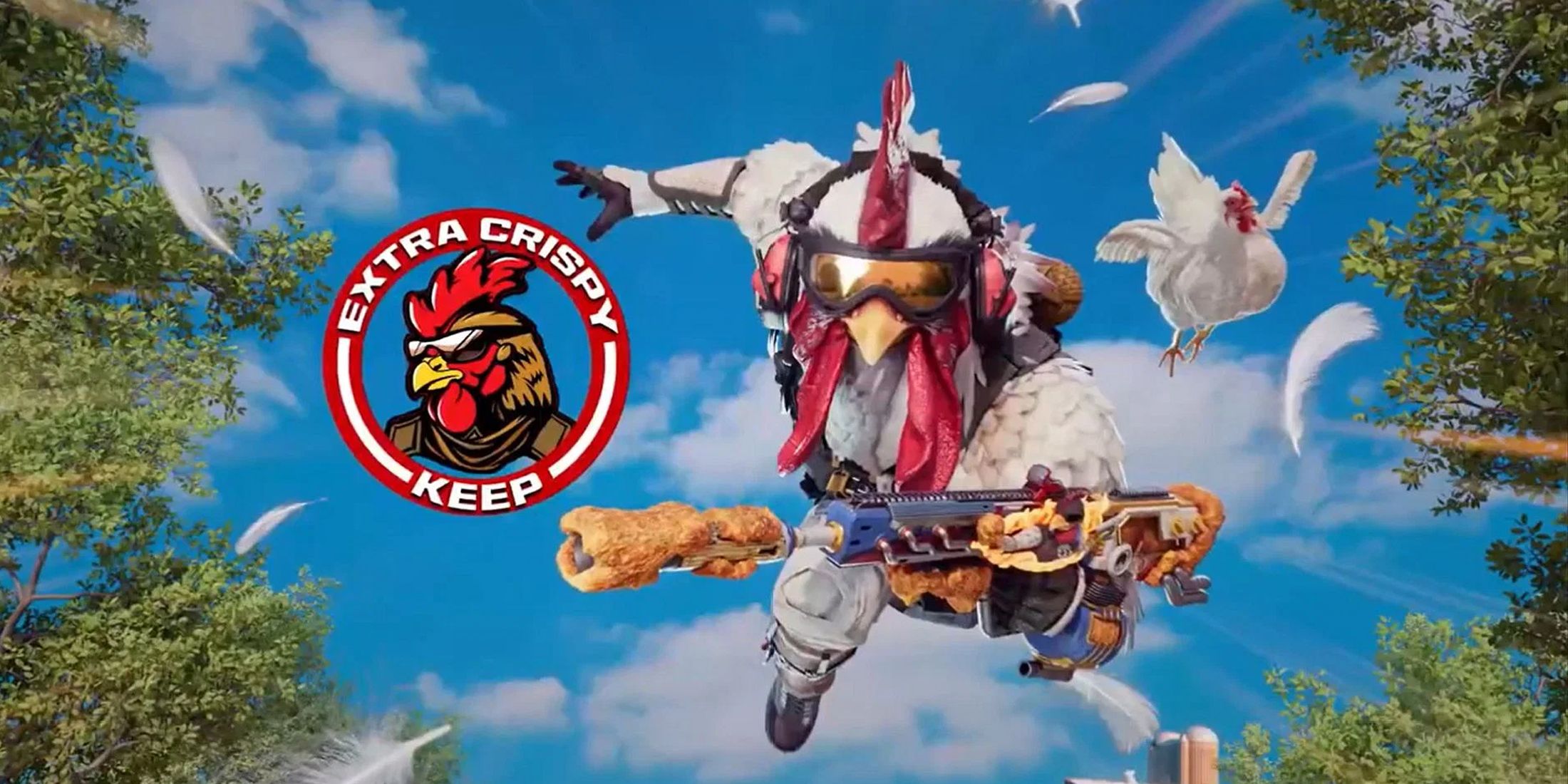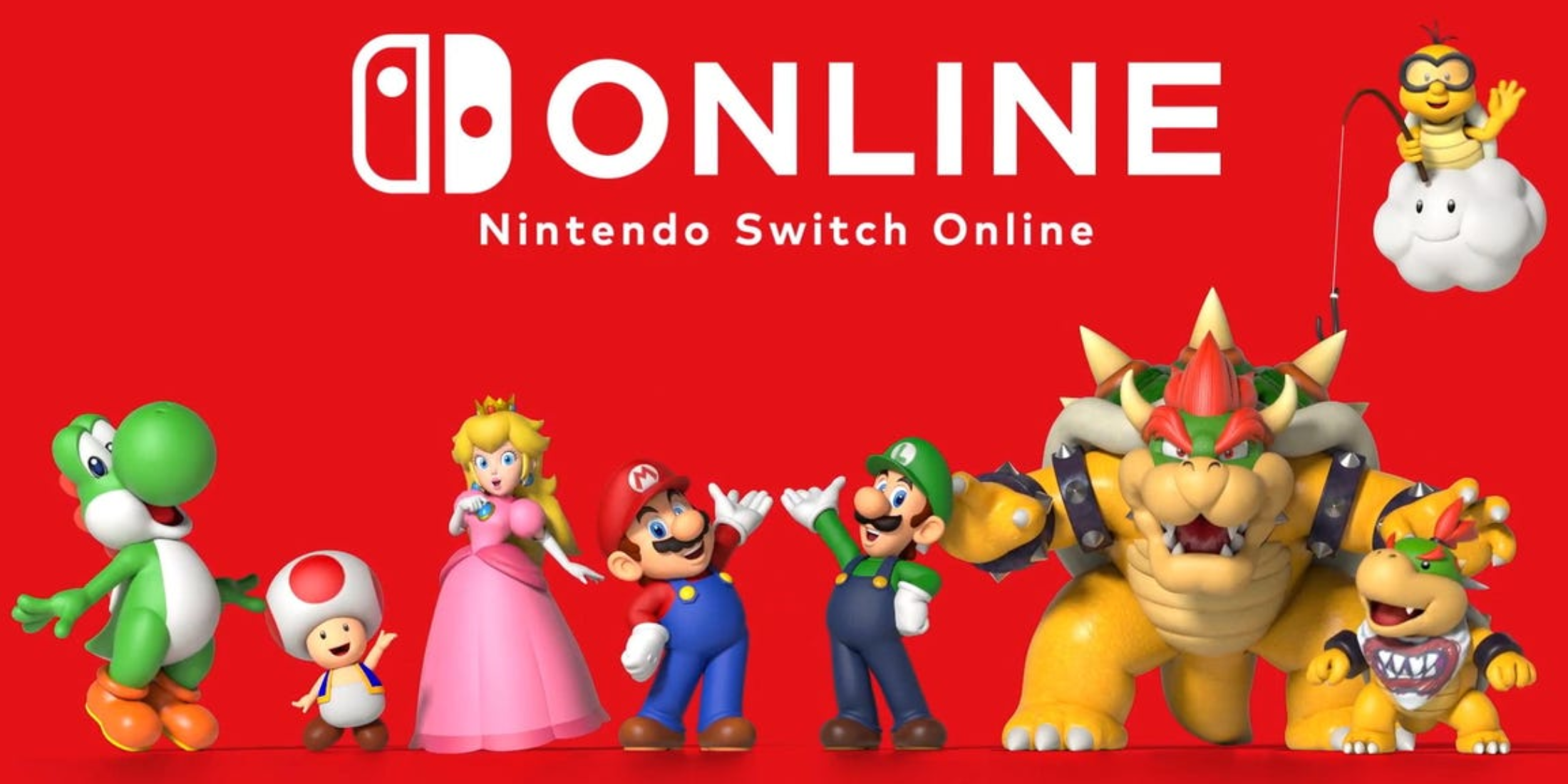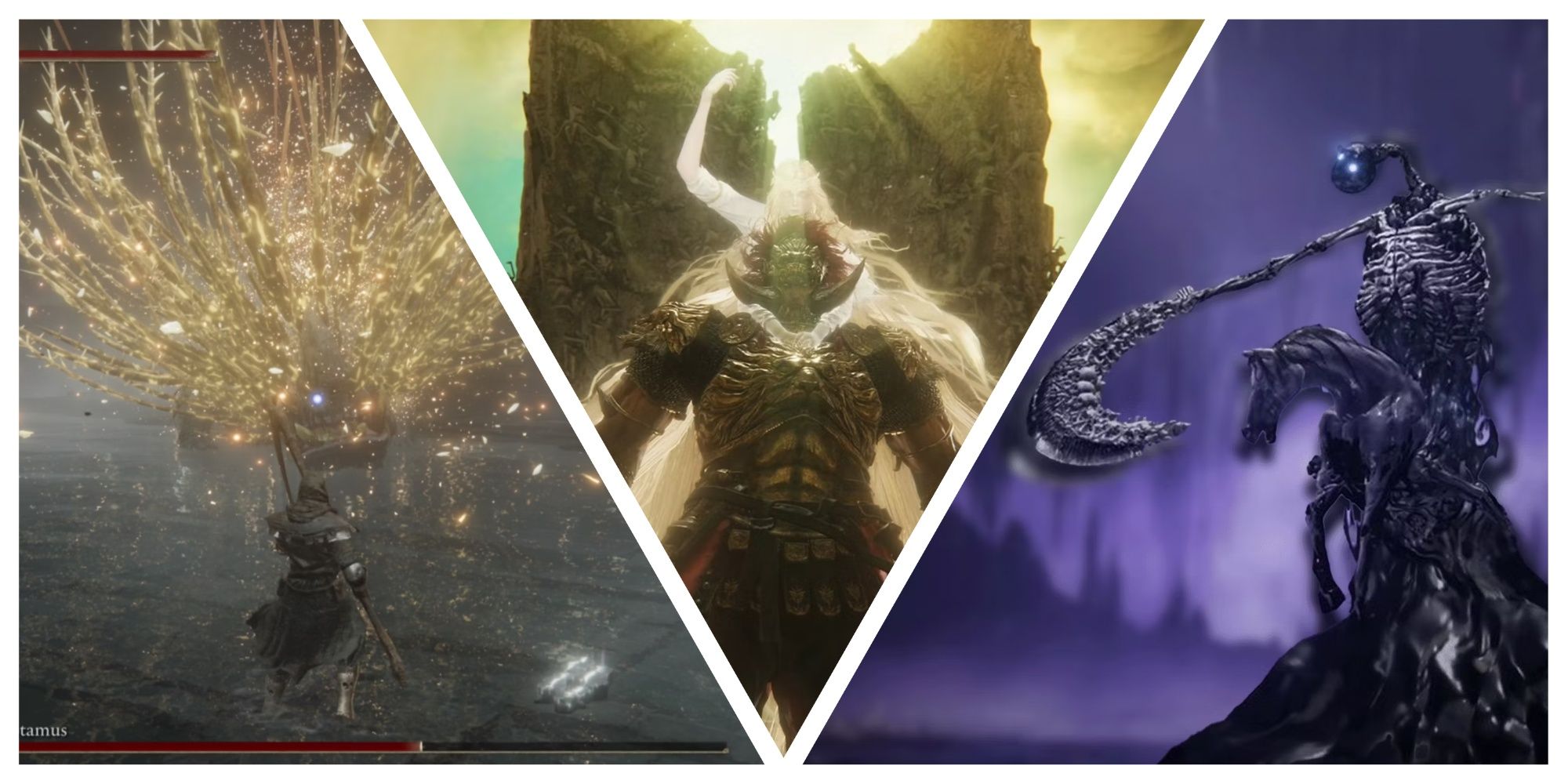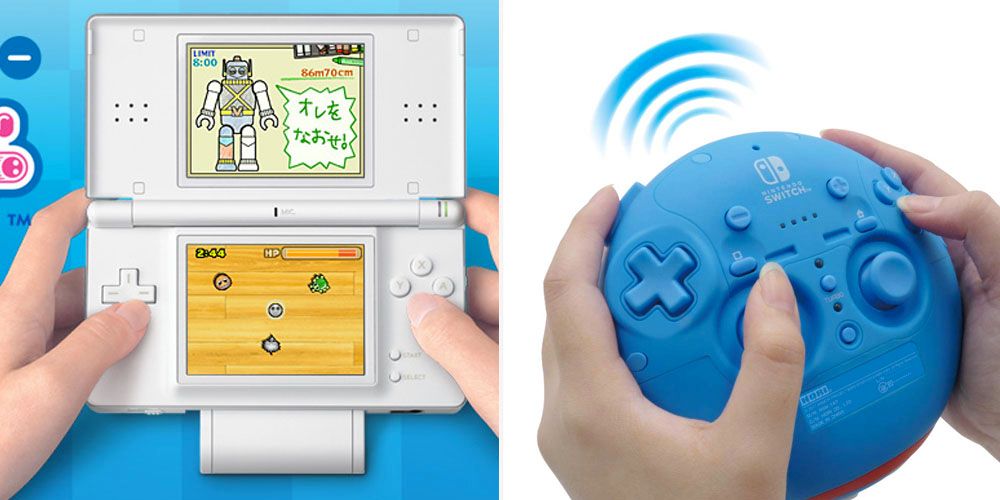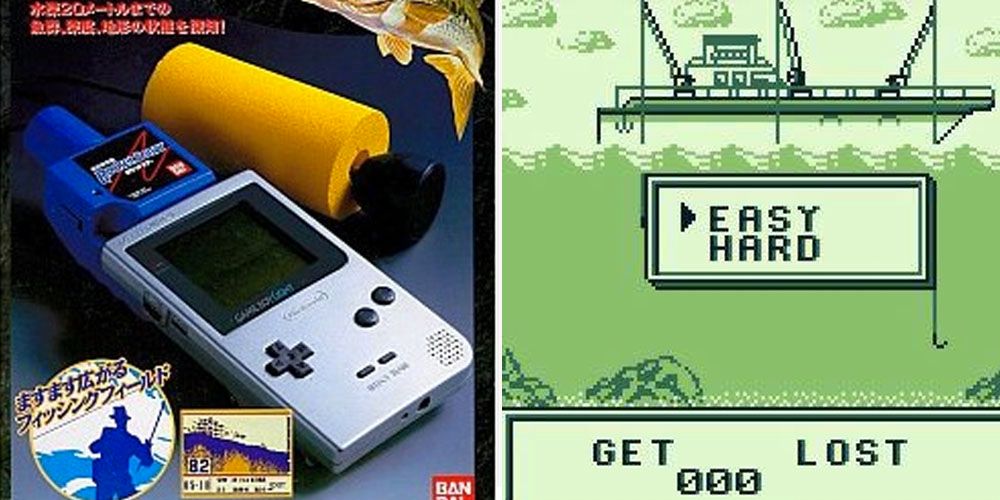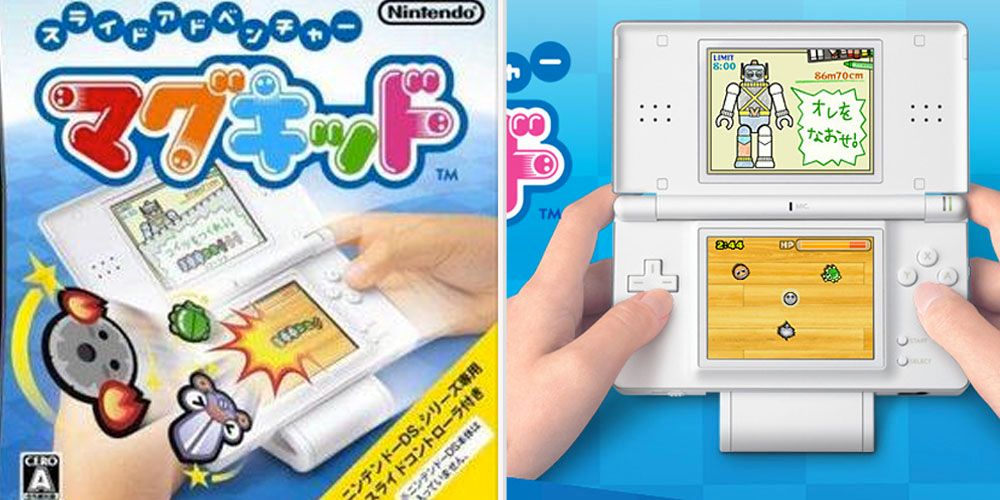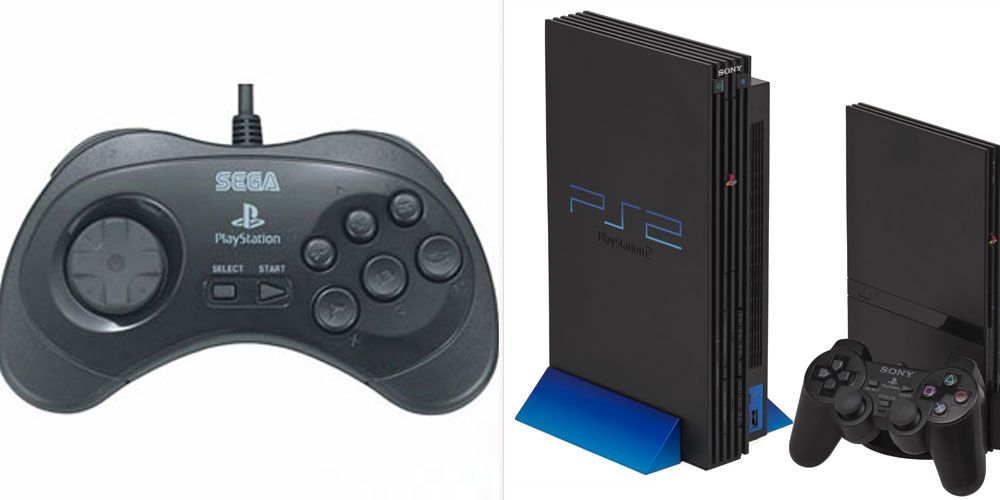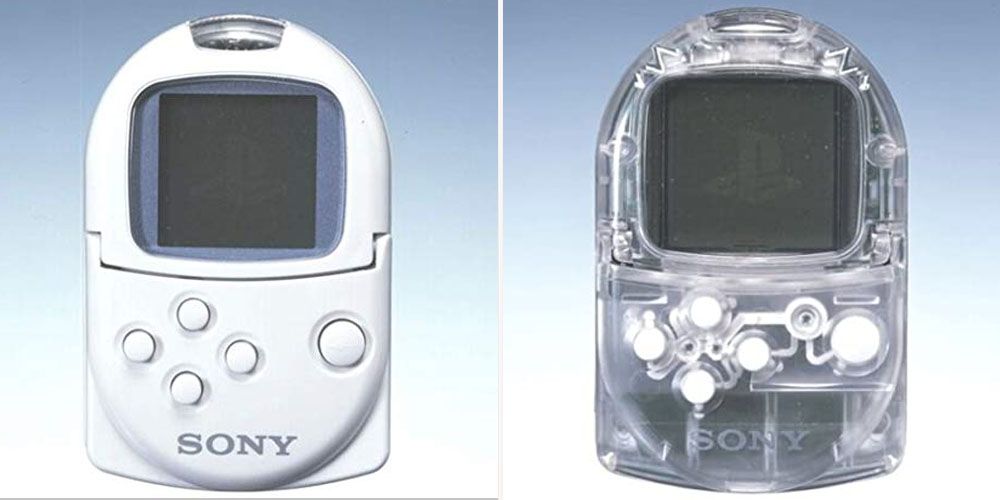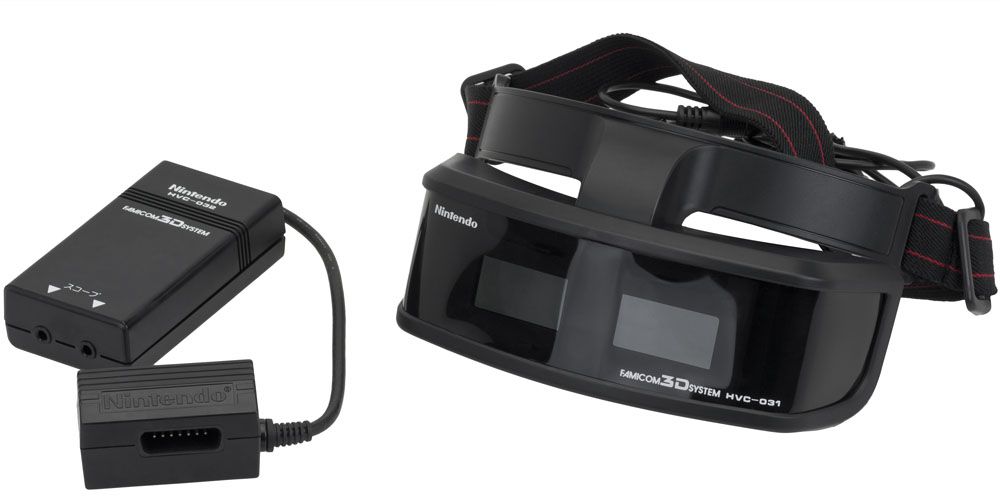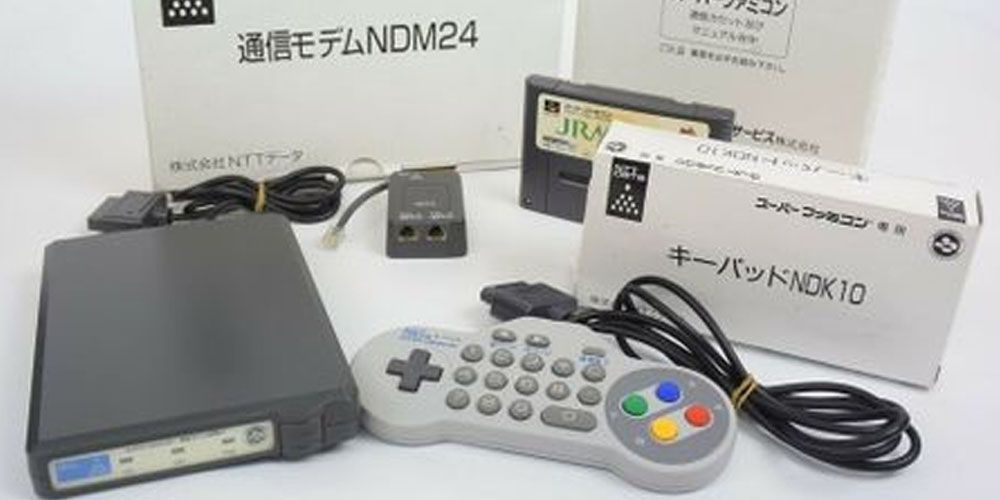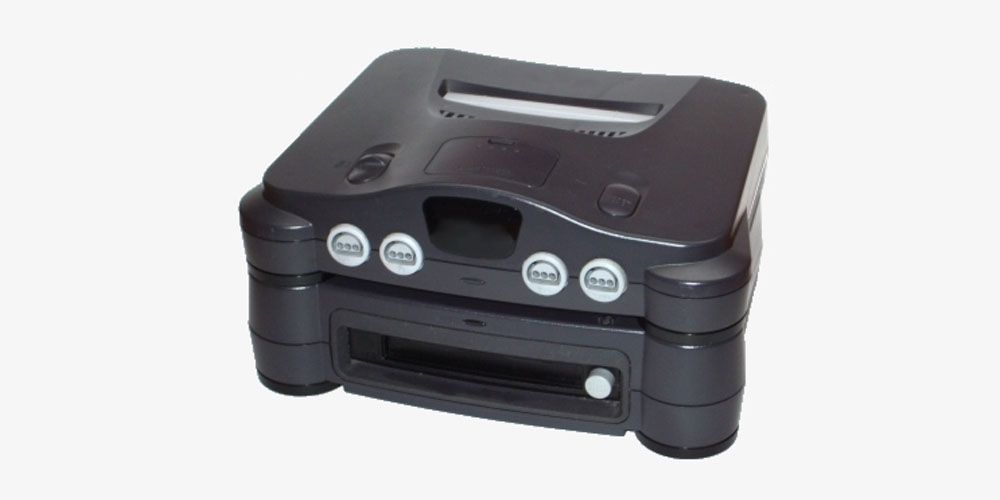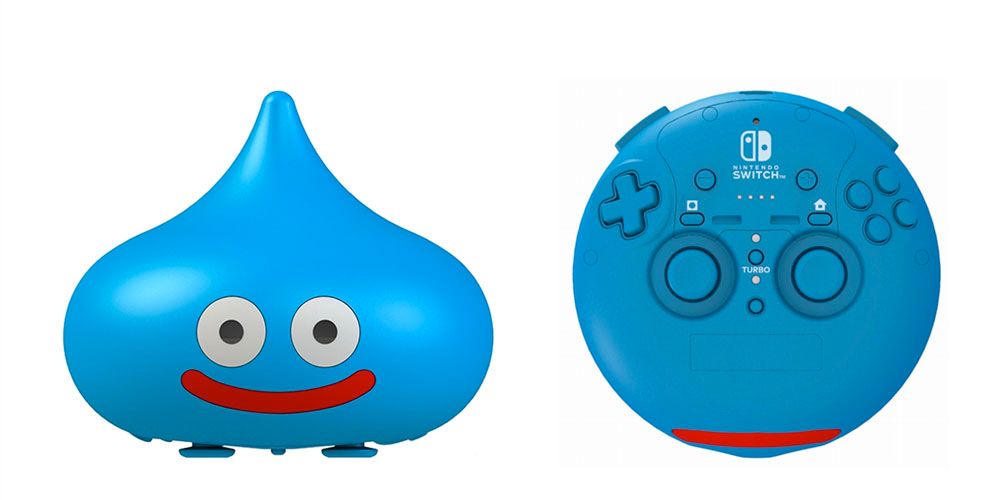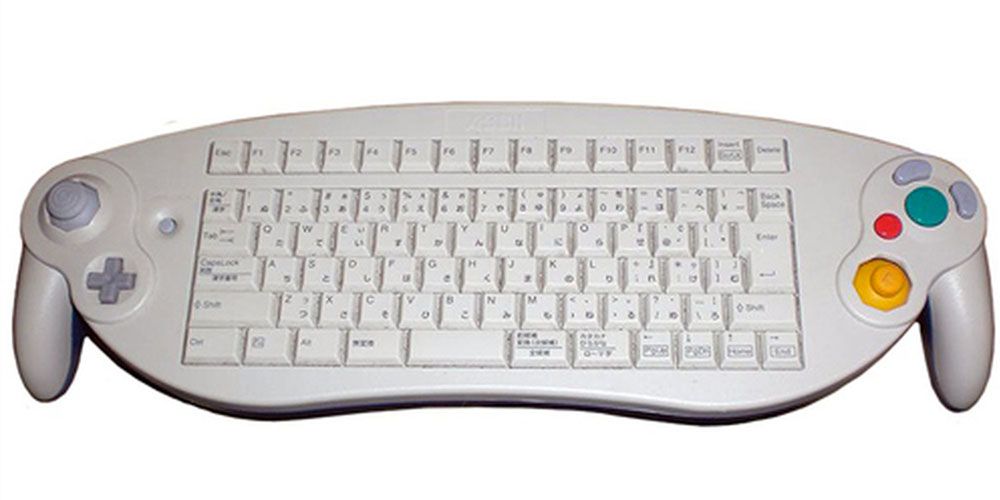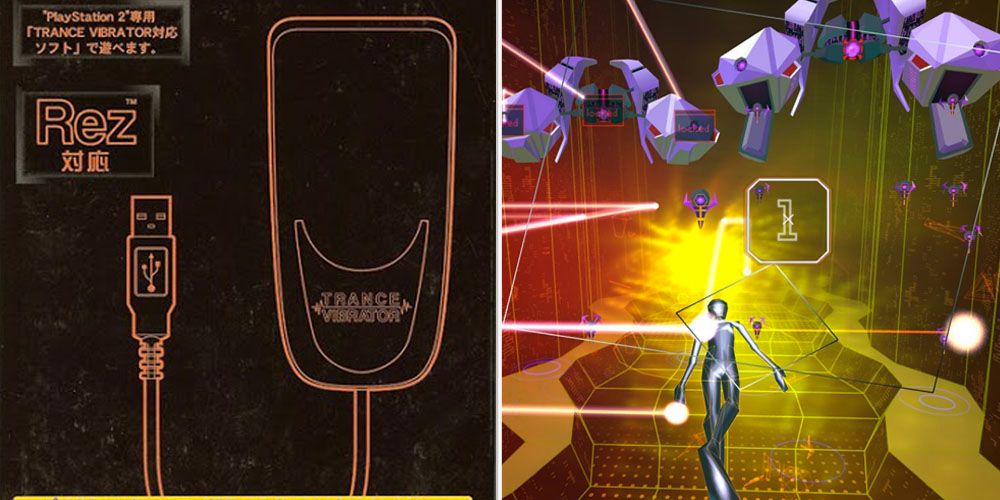Ever since the first video game console released, we've had accessories. Whether it's special controllers for the Atari 2600, the NES Lightgun, or the plethora of add-ons for the Nintendo Wii Remote, these can enhance gameplay, or change the way we interact with titles. That's not to say they're all useful, however. For every Super Gameboy, there are dozens of weird, and whacky instruments that sell only because they're strange.
Many of these add-ons come from Japan — one of the biggest markets in the video game world. With so many people playing games, and just as many who keep an open mind about how they play games, we've seen some truly bizarre gaming objects that are exclusive to the region. Here are 10 Weird Japanese Video Game Accessories.
10 Nintendo Game Boy Pocket Sonar
The Nintendo Game Boy was easily the most successful gaming handheld of its time. Because of that, it's popularity allowed the simple Nintendo handheld to transcend gaming. With that said, it's hard to imagine the green-screened console helping the casual fisher. Yet, Game Boy Pocket Sonar did exactly that upon its release in 1998.
Made by Bandai exclusively in Japan, this accessory is used to find fish up to 65 feet underwater. It was the first gaming accessory to use sonar technology. It's a really unique look into how video game technology can be used in other fields, something that was replicated with devices like the Kinect years later.
9 Nintendo DS Slide Controller
Now, most will talk about the TV antenna, but portable TVs and handheld gaming go hand-and-hand. Instead, we want to focus on the Nintendo DS Slide Controller. Released only in Japan, this accessory was bundled with Slide Adventure MAGKID, and works as a mouse.
This accessory has a part that is placed on the touch screen of the DS while the main body connects to the Gameboy Advanced outlet at the bottom, essentially powering it as an optical mouse. To move, players must physically move the Nintendo DS console with the Slide Controller attached.
8 Sega Saturn PS2 Controller
While not as heated as the great Nintendo and Sega console war of the early 1990s, the house of Sonic had a point of contention with Sony when they entered the gaming landscape with the PlayStation. In fact, the mere thought of the PlayStation 2 with its built-in DVD player made many consumers skip over the Dreamcast in the hopes of getting their hands on Sony's second home console.
So, it's really strange to see a Sega-licenced controller replicating arguably their worst-performing console, the Saturn, on the home system that put the final nail in Sega's storied history as a console maker. Interestingly enough, with this controller, Sega never changed the button symbols, Keeping the A,B,C,X,Y,Z layout instead of the X, Square, Triangle, Circle symbology that Sony players became accustomed to.
7 Sony PocketStation
In 1999, it seemed like Visual Memory Units (VMUs) were all the rage. Most notably released alongside the Sega Dreamcast, these devices were part memory card part portable gaming system, able to slide out of the controller filled with mini-games from games the players already bought. While this may have been the most widely known device of this nature, Sony actually released its own version months before Sega's final home console even released.
Dubbed the Sony PocketStation, the device worked similarly to Sega's. Released only in Japan, the device featured an LCD display, a real-time clock, built-in flash capabilities and more. Much like the Dreamcast, the content for this unit came in the form of mini-games included in full-fledged titles on PlayStation games.
6 Famicom 3D System
With the success of the Nintendo 3DS, most fans know Nintendo loves 3D gaming. In fact, following the release of the system, many reports surfaced about how that technology was originally intended for the Gamecube but was ultimately scrapped before any announcements were made. What many fans don't know, however, is that Nintendo actually released a full-on 3D attachment for the Famicom system exclusively in Japan, acting as a mix 3D and VR technologies combined.
The device was an absolute failure in Japan, with many users complaining about the clunkiness of the technology and lack of content as well. As a result, it never made its way out of Japan, but Nintendo did revive the concept with the Virtual Boy, which was also a commercial failure.
5 Super Famicom JRA PAT Controller
While we here in the West look at the Super Nintendo as one of the greatest gaming systems of all time, in Japan, it was that and more. The "and more" part of that sentence could be used to describe a bunch of different features that were never released outside of Japan, but for the sake of the list, we will focus on horse-race betting. That's where the JRA PAT Controller comes in.
Used with the JRA PAT game, players used this special controller that came with a lot more buttons than the regular Super Famicom paddle to place bets on horse races. That's it. It's kind of a strange concept for a video game console, but it's an interesting experiment, to say the least.
4 Nintendo 64DD
In North America, the Nintendo 64 was the final holdout on disk-based gaming, and it caused a lot of issues going forward. Most notably, Squaresoft, known for its Final Fantasy series moved the one-time Nintendo exclusive to the new PlayStation console where the disk-based platform could allow for bigger worlds than ever imagined. Yet, the Nintendo 64 wasn't just a cartridge-based console. In fact, by 1999, the system had the 64DD— a disc-based add on that was exclusively released in Japan.
The add-on was an interesting piece of technology, however. Along with the disc-drive, the 64DD came with some online abilities, and the ability to make online avatars. It also made some big promises like the ability to watch others play, purchasing music, and online play. Unfortunately, those promises were never met, and with only 10 games released on the add-on, it was a massive failure. So much so, games that were still in development for the 64DD were either moved back to the console's original cartridges or delayed for the Gamecube.
3 Dragon Quest Slime Controller
To get fans excited for the release of Dragon Quest XI S and Dragon Quest Builders, Square Enix treated fans to a Nintendo Switch Pro Controller, or Dualshock 4, that resembles the iconic Slime monsters from the popular RPG series. Released only in Japan, this bright-blue paddle is oddly spherical and looks more like a decorative piece than a controller. In fact, the controller itself comes with a stand and crown, so even when it's not in use, it can be put on display.
2 Phantasy Star Online Keyboard
Video game consoles have always tried to bridge the gap between them and PCs. We've seen mouse integration as far back as the NES, and Atari even dabbled in the PC market in the 1980s. So it's no surprise that during the last generation where consoles and PC were truly different from an architecture point of view we got this strange hybrid between a mouse and a keyboard.
Designed specifically for Phantasy Star Online Episode I & II this accessory was dubbed the ASCII Keyboard Controller. Essentially, it's just a stretched Gamecube controller with a full keyboard in the middle, this accessory, while incredibly useful, looks completely bizarre. Unfortunately, like every other item on this list, it was never released outside of Japan.
1 Rez Trance Vibrator
Rez is a fantastic musical rail shooter that's been ported and remastered, getting better with each enhancement. Yet, no other addition to the game was quite as strange as the Rez Trance Vibrator. While intended for the one game, it also works with the PlayStation 2's version of Space Channel 5 to give a more realistic experience. The device is no larger than a computer mouse and works with the PlayStation 2.
Yet, despite its interesting intentions, the add on was incredibly loud, which worked against the music-based game. Still, the device's functionality was kept when the game was ported to the Xbox 360 and PlayStation 4.

